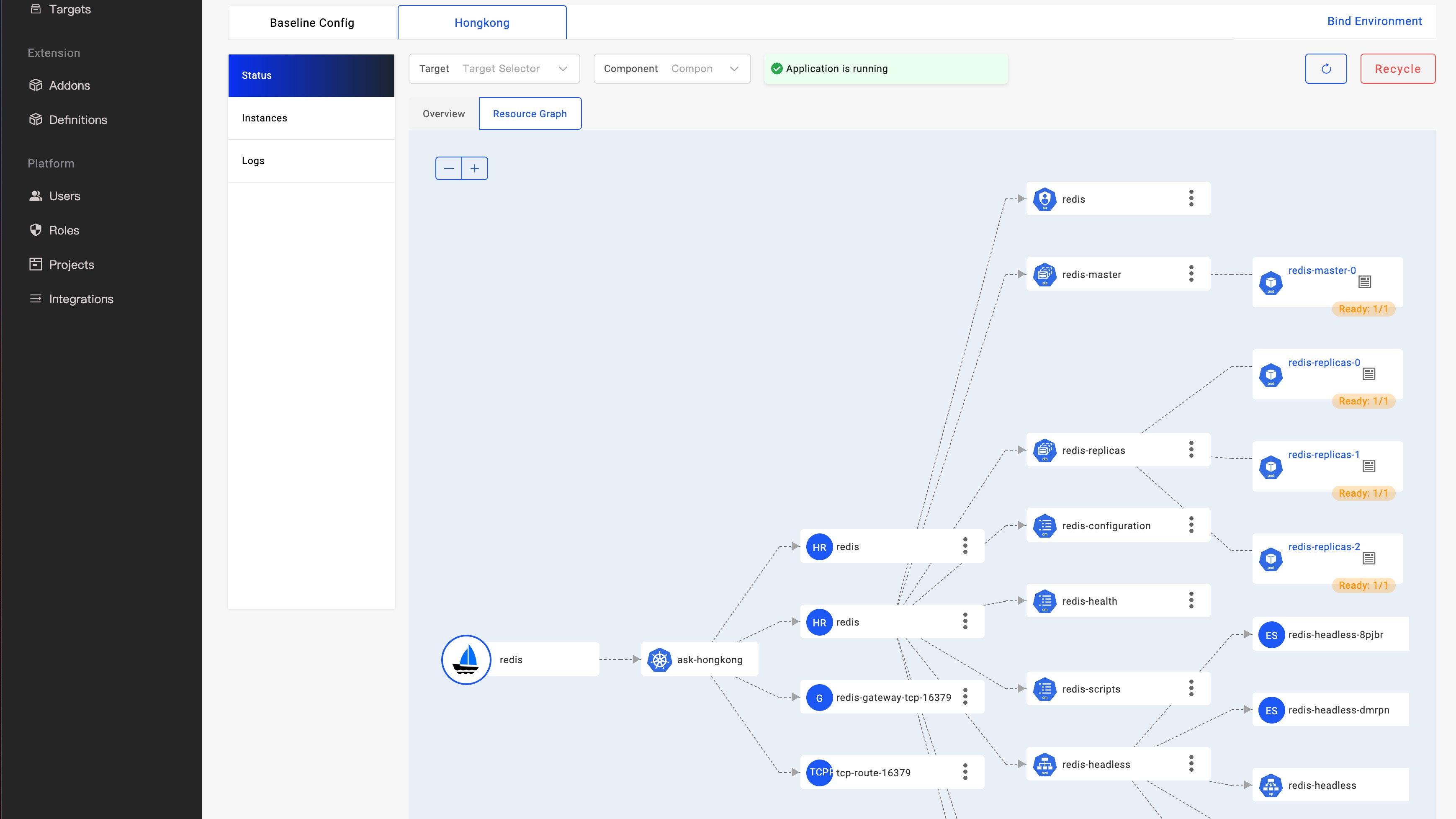KubeVela is a modern software delivery control panel. The goal is to make application deployment and O&M simpler, more agile, and more reliable in today's hybrid multi-cloud environment. Since the release of Version 1.1, the KubeVela architecture has naturally solved the delivery problems of enterprises in the hybrid multi-cloud environments and has provided sufficient scalability based on the OAM model, which makes it win the favor of many enterprise developers. This also accelerates the iteration of KubeVela.
In Version 1.2, we released an out-of-the-box visual console, which allows the end user to publish and manage diverse workloads through the interface. The release of Version 1.3 improved the expansion system with the OAM model as the core and provides rich plug-in functions. It also provides users with a large number of enterprise-level functions, including LDAP permission authentication, and provides more convenience for enterprise integration. You can obtain more than 30 addons in the addons registry of the KubeVela community. There are well-known CNCF projects (such as argocd, istio, and traefik), database middleware (such as Flink and MySQL), and hundreds of cloud vendor resources.
In Version 1.4, we focused on making application delivery safe, foolproof, and transparent. We added core functions, including multi-cluster permission authentication and authorization, a complex resource topology display, and a one-click installation control panel. We comprehensively strengthened the delivery security in multi-tenancy scenarios, improved the consistent experience of application development and delivery, and made the application delivery process more transparent.


